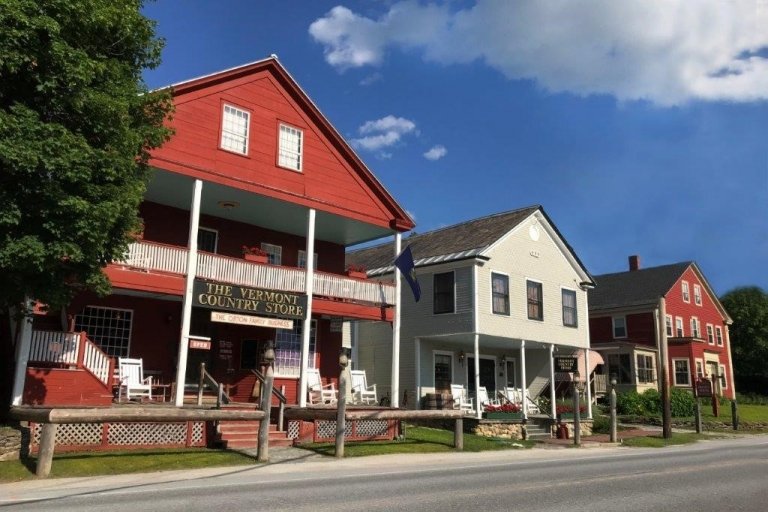A Data-Driven Approach to Health

A holistic understanding of employee health helps The Vermont Country Store build a culture of wellness.
“What else can we do?” asks Ellen DeWeerdt, a 27-year employee of The Vermont Country Store and the current HR Manager, each year at the company’s health summit. “What trends are we seeing? How can we build on our health and wellness programming?”
Ellen is among a team of vendors, health professionals, and human resources representatives that get together annually to review data and analysis provided by Blue Cross and Blue Shield of Vermont, and build a detailed wellness plan for the company’s 600 plus employees.
“Looking at claims and crunching numbers may not sound that exciting,” says Ellen DeWeerdt, “but it’s the foundation for creating initiatives that are well-aligned with the true health needs of our employees.”
Building a healthy organization
And, indeed, The Vermont Country Store has built a strong foundation. Over the course of their seven-year relationship with Blue Cross and Blue Shield of Vermont’s (Blue Cross) Accountable Blue program, the company has opened an employer-owned Family Wellness Center, brought on a behavioral health specialist and life navigator, and created Wellness Teams for the retail stores and distribution center to address location-specific health programming—all decisions that were driven by the company’s long-term participation in Accountable Blue.
The Vermont Country Store builds an annual wellness plan using a template created by Blue Cross, which helps them move from raw data, to identifying trends, formulating goals, and finally to creating an actionable plan. “We look at the top five health conditions, and then discuss programming to address those needs,” said Ellen.
The 2020 plan, for example, identified cancer, musculoskeletal issues, mental health, circulation, and preventive care as the main health-related cost drivers. It then breaks each of those areas down into a specific objective—such as “Increase the number of VCS employees making healthy food choices”—and details specific initiatives—such as cooking classes to improve diet, diabetes education, and free multi-vitamins—to reach that goal.
“The real beauty of their approach is the dedication, year after year, to looking at the data and using it to inform programming,” said Jessica Moore, a wellness coach at Blue Cross. “They may have the same mental health goal today that they did in 2016, to encourage employees to get a good night’s sleep, but now they have a mental health professional on staff, a life navigator to support people, and a workplace culture that acknowledges the importance of rest. That’s where we really see a flywheel effect.”
A nimble and creative response to Covid-19
Of course, even the best planning could not have prepared The Vermont Country Store for the pandemic. However, that strong foundation coupled with a deep understanding of employee health issues, helped the company to respond quickly and creatively to COVID-19. “Mental health is consistently in the top five,” said Ellen, “and when the pandemic hit, we knew people were going to need additional support.”
In addition to tapping resources already in place, the company began sending weekly updates via email covering everything from masking protocols to interpreting the CARES Act. “We wanted to be a resource,” said Ellen, “to reduce anxiety and prevent the spread of misinformation.” To date, the company has sent more than 70 updates.
They also incentivized rest, encouraging people to take a break from work, with a “take four vacation days and get an extra day off on us” vacation challenge, and accelerated bonus payments so that employees would have a “little extra money in their pockets.”
“COVID-19 offers a great example of how The Vermont Country Store is responsive to the health and wellness needs of their employees in a very real way,” said Jessica. “Accountable Blue contributes by providing data and analysis, and by offering the framework, but they take that model and run with it. They’ve moved from the idea of building a healthy organization to a true culture of wellness.”
